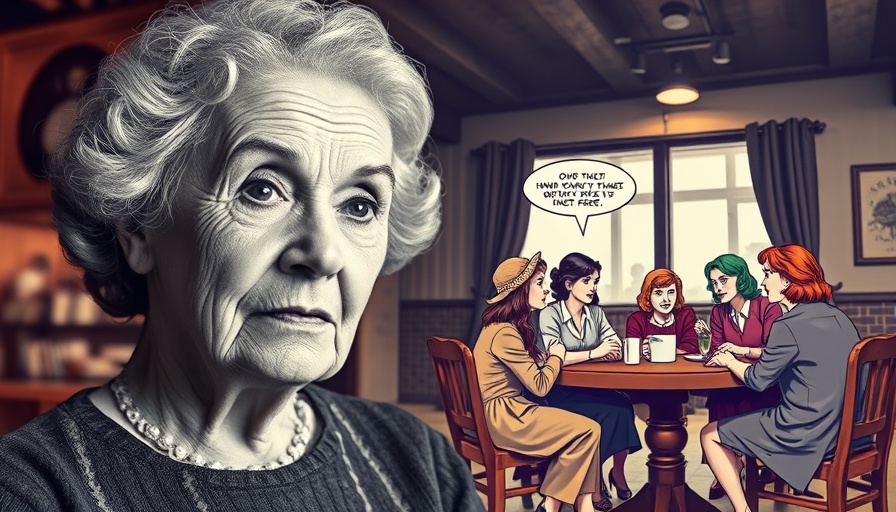
The Growing Opposition to the Pearl Street Homeless Shelter
The proposal to convert the former Hampton Inn at 320 Pearl Street into a "low barrier" homeless shelter has ignited intense debate in New York City. This initiative, which would allow individuals without rigorous entry requirements such as sobriety checks or background verifications, stands nearly adjacent to Peck Slip School, a public elementary institution that serves over 400 children. Local residents, led by activist Eric Yu, are advocating for stricter regulations to enforce a minimum 500-foot distance between such shelters and schools. These protests highlight a broader issue: balancing community safety with the need for social services.
Understanding the Concepts Behind Low Barrier Shelters
Low barrier shelters, also referred to as "Safe Havens," are designed to provide immediate housing solutions for vulnerable populations, acknowledging that strict entry requirements can often leave the most in need without support. Proponents argue that these shelters can be lifelines for individuals facing homelessness, providing not only a roof over their heads but also a chance at stability. However, opposition stems from concerns about community safety and the impact of having these facilities in close proximity to schools and families.
Community Sentiment and Safety Concerns
Community members have voiced their worries about safety and the potential disruptions a homeless shelter could bring to the neighborhood. Signs at protests like "School Safety Is a Priority" reflect a collective demand for a safer environment for children attending Peck Slip School. Despite the good intentions behind low barrier shelters, local sentiments suggest a fundamental tension between compassion for the homeless and the immediate concerns of families living nearby.
The Path Forward: Finding Balance
As discussions surrounding the Pearl Street proposal continue, city officials and community leaders must find a way to balance the urgent need to support homeless individuals with the needs and safety of the local community. Potential solutions may include finding alternative locations for shelters, increasing funding for services that assist individuals in securing stable housing, or implementing regulations that consider the proximity of schools and residential areas.
This controversy underscores a pivotal question: How can urban areas best integrate homeless support services while safeguarding the interests of local residents? The outcome of this debate could shape the future landscape of social services in one of America’s most densely populated environments.
 Add Row
Add Row  Add Element
Add Element 



Write A Comment